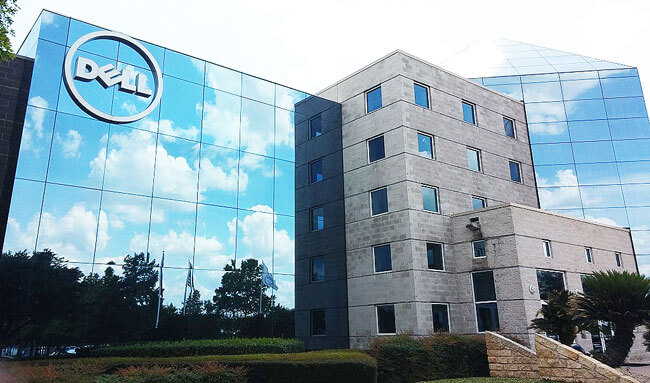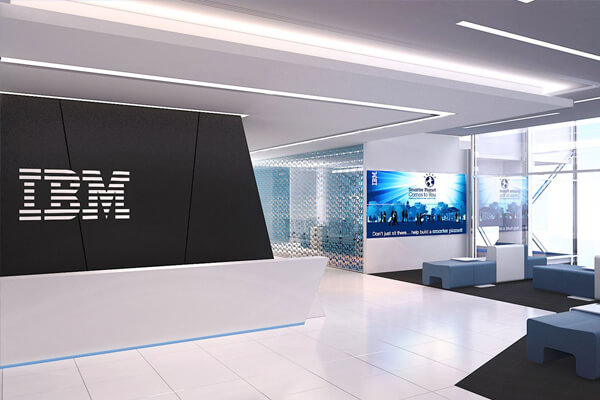Dell Mission and Vision Statement Analysis

Dell’s mission statement is “to be the most successful computer company in the world at delivering the best customer experience in markets we serve. In doing so, Dell will meet customer expectations of the Highest quality.” The statement has the following components:
- Delivering the best customer experience. To satisfy this component of its mission statement, Dell prioritizes on providing its customers with products whose quality has been tested and proven. At Dell, every design goes through a rigorous process to ascertain that it meets the minimum expected standards. The meticulous culture has distinguished dell products such as the all-powerful Inspiron 15 Gaming and many others because of the work and precision that goes into ensuring the customers get maximum experience while using the items.
- Exceeding expectations. Dell does not settle for anything less than the highest quality as expressed in this mission statement. The company commits all its resources to produce products that agree with the changing needs in the consumer market. For instance, the demand for customizable computers has seen Dell adapt to provide just that, opening a door to a wide range of technological exploration for the company. Other than flexibility in satisfying the needs of its customers, Dell also embraces an innovation-oriented partnership where it helps develop IT skis through integrated educational programs.
Introduction
Dell Computer Company has proven that mission and vision statements are the ideal tools whose proper implementation guarantees consistent growth and performance. The focus on being the leader in computer technology has particularly enabled the company to remain focused on its primary goals while adapting to the constantly changing business terrain.
A corporate vision statement directs the business development towards a particular future. In the case of Dell, the vision statement of the company is all about the influence and advancements the company can stimulate in the computer and related accessories sector. A corporate mission statement, on the other hand, highlights the general strategies appropriate for growing a business in line with the vision.
For Dell, its mission states the impacts the company wants to have on the market. The core values incorporated by Dell within this company are also instrumental in the progress of the company towards its vision. They essentially guide the entire organization’s practices and attitudes, and these are critical for the achievement of the goals and objectives of the company as well.
Vision Statement
Dell’s vision statement is “It’s the way we do business. It’s the way we interact with the community. It’s the way we interpret the world around us– our customers’ needs, the future of technology, and the global business climate. Whatever changes the future may bring our vision — Dell Vision — will be our guiding force. So Dell needs full customer satisfaction. In order to become the most successful computer company, they need the newest technology and loyal customers.” In this statement, Dell outlines its major attitudes and practices that demonstrate it is the leader in the computer technology industry. The statement has the following characteristics.
- Community Interaction. In this component of the vision statement, Dell underscores the importance of all the stakeholders that surround the company. For instance, these comprise customers, investors, and communities. To kindle success, Dell ensures that it creates healthy relationships with all these entities through quality technology products and services.
- Become the most successful company. Dell wants to be the leader in the computer technology industry, and it can only do so by being unique in how it fully satisfies the needs of its customers. In fact, the company recognizes that bringing the latest technological designs is its ingredient for customer loyalty, and consequently, success.
Core Values
Dell’s core values include “customer-oriented, innovation, results, and integrity.” Dell has consistently maintained a rich corporate culture for over 35 years due to the presence of these guiding principles.
At Dell, the customer is considered the primary influencer of the success in the company. That shows the passion for designing innovations that are not only sensitive but also meet their needs.
While doing so, Dell emphasizes the importance of being result-based as a mark of the accountability of the company to its exceptional standards. While the desire of Dell to win, the company values achieving this in the right way through integrity-driven processes.
References
- Anitsal, I., Anitsal, M. M., & Girard, T. (2013). Retail mission statements: Top 100 global retailers. Academy of Strategic Management Journal, 12(1), 1.
- Dell – About.
- Fields, G. (2006). Innovation, time, and territory: space and the business organization of Dell Computer. Economic Geography, 82(2), 119-146.
- Jones, R. (2010). Corporate branding: the role of vision in implementing the corporate brand. Innovative Marketing, 6(1), 44-57.
- King, D. L., Case, C. J., & Premo, K. M. (2010). Current mission statement emphasis: be ethical and go global. Academy of Strategic Management Journal, 9(2), 71.
- Kraemer, K. L., Dedrick, J., & Yamashiro, S. (2000). Refining and extending the business model with information technology: Dell Computer Corporation. The Information Society, 16(1), 5-21.
- Lazonick, W. (2010). Innovative business models and varieties of capitalism: Financialization of the US Corporation. Business History Review, 84(4), 675-702.
- Lee, S., Hwang, T., & Lee, H. H. (2006). Corporate blogging strategies of the Fortune 500 companies. Management decision, 44(3), 316-334.
- Madu, B. C. (2013). Vision: The relationship between a firm’s strategy and business model. Journal of behavioral studies in business, 6, 1.
- Osterwalder, A., Pigneur, Y., & Tucci, C. L. (2005). Clarifying business models: Origins, present, and future of the concept. Communications of the Association for Information Systems, 16(1), 1.
- Sharma, A., Iyer, G. R., Mehrotra, A., & Krishnan, R. (2010). Sustainability and business-to-business marketing: A framework and implications. Industrial Marketing Management, 39(2), 330-341.
- Teece, D. J. (2010). Business models, business strategy and innovation. Long range planning, 43(2-3), 172-194.
- Thomke, S. H., Krishnan, V. V., & Nimgade, A. (1998). Product development at Dell Computer Corporation.


